What does sarracenia look like and how to care for it?
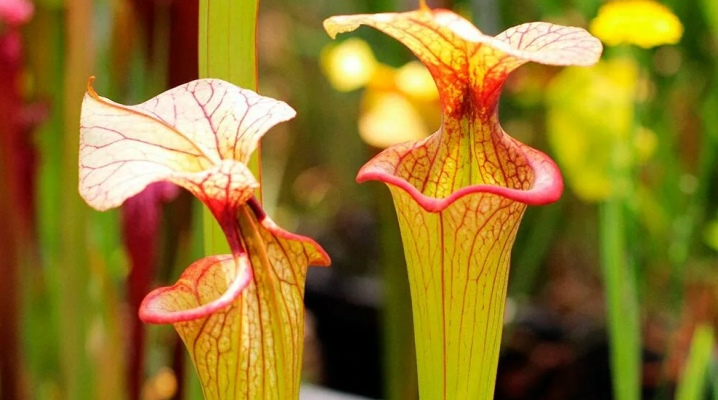
Sarracenia is an exotic and unusual plant. A carnivorous flower needs special care. Knowing how to care for this insectivorous plant, it is quite possible to grow it at home.
general description
America is considered the birthplace of Sarracenia. In nature, the flower grows in swamps and other places with high humidity. The main distinguishing feature of this plant is that it feeds on small insects. Sarracenia is not dangerous for humans and pets.
The insectivorous flower looks rather unusual. Its foliage grows straight from the roots. The sheets look like small tubes. Representatives of some varieties have small "hoods" on their edges.
The plant begins to bloom only at the age of 3-5 years. This happens with proper care. During flowering, the plant looks very beautiful. Its flowers are composed of five large petals. There is a large pistil in the middle of the bud. Inflorescences can be yellow, scarlet or purple. It all depends on the varietal characteristics of the plant.

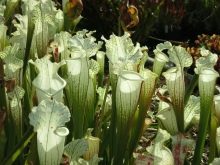
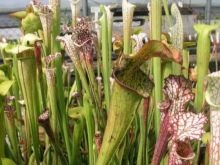
Views
Now there are many types and subspecies of sarracenia. All of them are unique and have their own characteristics.
White-leaved
This is a fairly large variety of sarracenia. The flower grows up to a meter in height. There are wavy lids on the edges of its sheets. The plant begins to bloom in the spring. Its buds are scarlet and rather large. But the foliage is white, covered with small veins.
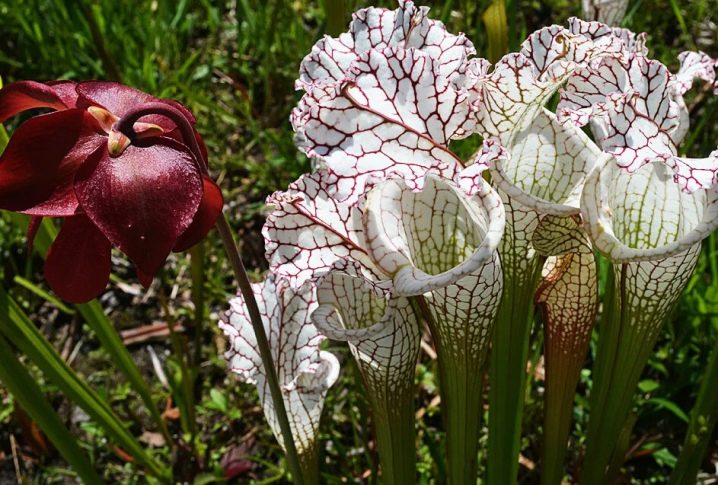
Parrot
The plant got its name due to the fact that its foliage is similar in shape to the beak of a parrot. Its color can be both burgundy and almost black.
The small flower is suitable for home breeding. This plant has sticky foliage from the inside. Therefore, the insect, getting inside the jug, is fixed on the leaf plate. After that, the plant proceeds to digest it.
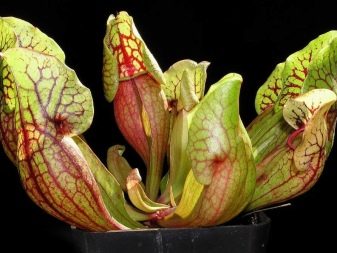
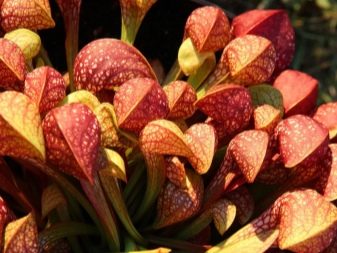
Red
This type of sarracenia is also rare. In height, it grows up to 30-50 centimeters. The main distinguishing feature of the plant is the presence of a bright scarlet "lip", which actively attracts prey. Sarracenia foliage can be either red or burgundy.
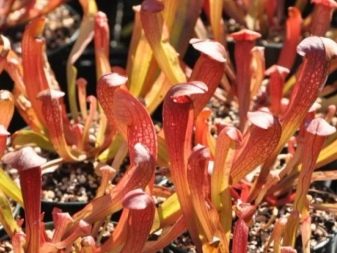

Purple
This plant has large green leaves with reddish veins. They expand upward. On average, flowers grow up to 20 centimeters. They bloom in spring. The buds are purple, purple or greenish in color.
The main feature of this flower is that there is no digestive secretion in its nectar. The pitchers are home to mosquito larvae floating in the liquid. It is they who eat insects that get inside the jugs. The waste products of these larvae feed on the flower.
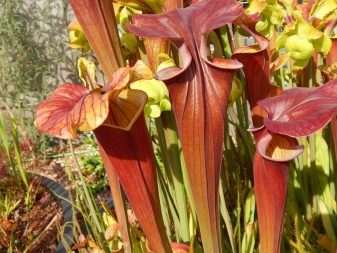

Yellow
This type of sarracenia also got its name from the color of the foliage. She has yellow-green elongated sheets. Their ribbed surface is covered with small creamy specks and reddish veins.
The predatory plant can bloom both in late spring and early autumn. Its inflorescences are yellowish or greenish. They are distinguished by their pleasant aroma.
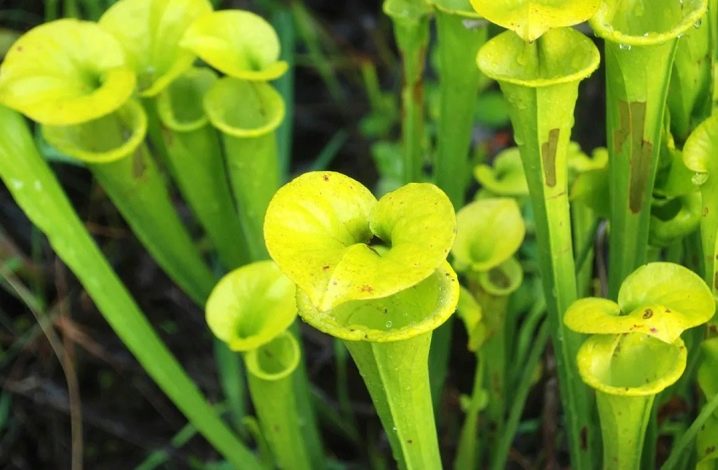
Small
This plant grows up to 15 centimeters. It looks beautiful in pots and flowerpots. The flowers of such a sarracenia are light. They attract ants and other insects with their rich aroma.

Psittacin
This variety of carnivorous plant is common in the south and north of the United States. Her jugs are bright red and complemented by a lid.It helps prevent rainwater from entering. The plant needs regular watering and does best in bright sunlight.

Alabama
This variety of sarracenia has light green foliage with dark green veins. Over time, the leaves begin to darken. The flowers of this plant are light brown.
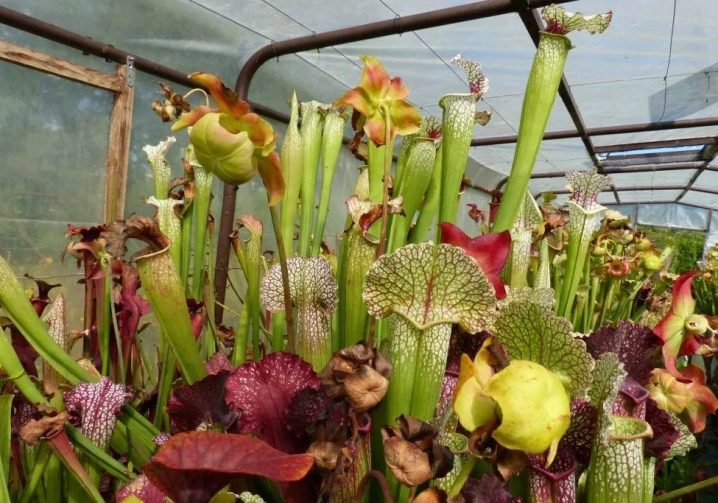
There are other types of sarracenia. But species such as Maroon, Leukofilla, Flava, Dracula, Venosa and Montana are much less common.
The nuances of planting and care
It is recommended to plant sarracenia in the spring. This procedure consists of several main stages.
-
The choice of a flowerpot. Sarracenia has a large root system. Therefore, it is recommended to choose volumetric pots for planting it. It is very important that there are drainage holes at the bottom. As a rule, plastic or glass pots are chosen for planting flowers. Containers made of porous materials are not suitable for this purpose. They absorb large amounts of water, so the plants lack moisture.
-
Soil selection. You can choose any soil for planting a flower. The main thing is that it is loose enough. At home, soil for sarracenia is prepared from peat, moss and perlite, mixed in a 2: 1: 1 ratio.
-
Preparation of planting material. It is very important to harden the seeds before planting seeds in the soil. For this, the planting material is wrapped in a piece of damp cloth and placed in the refrigerator for a day. After that, the seeds are planted in a container with a mixture of moss and quartz sand. The soil is moistened with soft filtered water. The container with seeds is covered with glass or transparent film. After that, the container is sent to the refrigerator for a month.
-
Growing seedlings. After a month, the container must be removed from the refrigerator and placed under the phytolamp. In this case, the film is not removed from the container. This is done only after the appearance of the first shoots. This usually happens after a month. Sarracenia seedlings develop very slowly.
It is easy to care for young seedlings. All they need is regular watering with soft water. It will be possible to plant seedlings in separate containers only after a year.
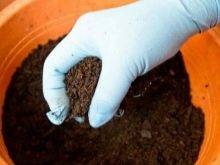

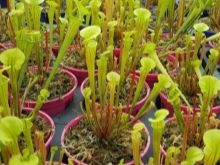
The predator pot should be placed in a well-lit room. As a rule, the flower is placed on the south side of the house. If this is not possible, you need to turn on the lamp above the sarraceny. This will help her make up for the lack of natural light.
Mature plants need to be cared for properly. Agrotechnics of Sarracenia is as follows.
-
Watering. In nature, the flower most often grows in wetlands. Therefore, a moisture-loving plant is very important to water regularly. In this case, water for irrigation should be used settled or filtered. In summer, sarracenia is watered 4-5 times a week. In winter, watering is reduced. It is important to maintain a suitable humidity level in the room at any time of the year. This can be done in several ways. Most often, a regular room humidifier is placed next to the plant. But instead, the flower pot can be placed on a pallet of damp pebbles. This will help create the most suitable environment for the plant.
-
Top dressing. It is not necessary to fertilize the soil in which sarracenia grows. A carnivorous flower does well without fertilizers. After making the usual dressings, the plant dries up. But, if the grower wants to improve the appearance of the plant, it can be fed with insects. If the flowerpot is on the balcony, it will be enough just to open the window. Thus, a person will provide him with an influx of fresh air and small insects. Instead, insects can be caught for the predator. Muses, spiders or flies are thrown into the "jug" of the flower. Do not do this too often. One insect per month will be enough for a predator. You cannot feed saracenia with raw meat or fish. This will cause the flower to rot.
-
Transfer. The plant takes root very poorly in a new place. Therefore, it is undesirable to transplant it.But, if such a need arises, this procedure should be carried out in the spring, when the flower comes out of a state of dormancy. Sarracenia must be carefully removed from the pot and its roots must be cleaned from the old soil. After that, all dried parts of the rhizome must be carefully removed. At this stage, the flower can be placed in a new pot and covered with loose soil. After transplanting, the sarracenia must be watered daily. This will help her to settle down better in a new place.
-
Wintering. Since this exotic flower is thermophilic, it is very important for it to provide the correct wintering conditions. In the cold season, the plant is watered less often. With a decrease in daylight hours and a gradual decrease in temperature, Sarracenia goes into hibernation.
-
Pruning. In order for the plant to always look beautiful and remain healthy for a long time, all dried and diseased shoots must be constantly removed. This should be done with thoroughly disinfected instruments.

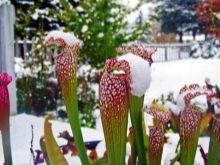
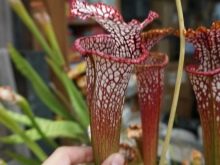
Separately, it should be noted that this flower reacts very badly to movement. Therefore, the pot with the plant can neither be rearranged nor rotated.
Reproduction
Sarracenia can be propagated in two ways.
-
Seeds. Most often, seeds are used to propagate an exotic flower. They usually ripen 3-4 months after the beginning of flowering. At this time, the stalk of the peduncle begins to turn brown. To collect the planting material, the seed box must be carefully broken. The harvested seeds are usually used immediately for sowing. The first flowers on a plant grown from seed can only be seen after 4-5 years.
-
By dividing the bush. In this way, only mature and strong plants can be propagated. The flower must be carefully removed from the pot and cut into 2-3 parts with a sharp knife. Its roots do not need to be processed. The plant divided in this way can be transplanted into separate pots.
Both methods of propagation of a predatory plant are uncomplicated. If you do everything carefully, the plant will quickly take root.

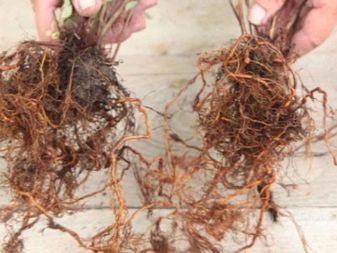
Diseases and pests
If you take care of the flower correctly, it will practically not hurt. But, if the flower does get sick, it will be quite difficult to cure it. The main problem is that the plant cannot be sprayed with either chemicals or folk remedies. Therefore, the procedure familiar to many is replaced by wiping.
Most often, plants are exposed to the following diseases.
-
Gray rot. The main symptom of this disease is the appearance of a gray bloom on the foliage. The infected plant stops growing. Fight gray mold quickly. First of all, you need to cut off all damaged areas. After that, the plant must be treated with "Fitosporin". In the warm season, the room where the pot of sarracenia stands should be regularly ventilated.
-
Root rot. The disease usually occurs when plants are watered too often. So that the sarracenia does not disappear, the florist needs to establish proper watering. If the plant is too badly affected, it will have to be thrown away.
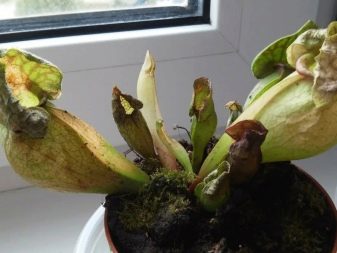
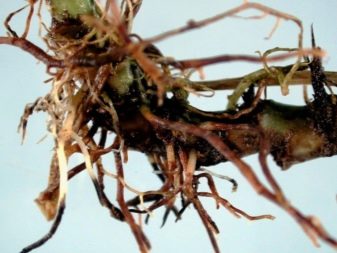
Insects can also be dangerous for the American predator.
-
Aphid. These pests often attack indoor plants. Sarracenia is no exception. The diseased flower quickly begins to wither. Aphids spread very quickly. Therefore, over time, it begins to attack other plants.
-
Mealybug. As a result of the vigorous activity of this pest, the appearance of the plant deteriorates. Small clumps resembling cotton wool appear on the foliage.
-
Spider mite. Sarracenia affected by this pest begins to dry out and turn yellow. A thin web can be found on the foliage. If you do not start the fight against these small pests in time, they may well destroy even a strong and healthy bush.

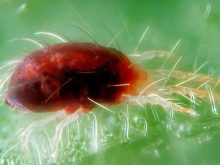
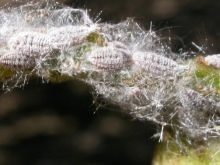
The same methods are used to control these pests. Indoors at this time it is desirable to lower the temperature and increase the humidity. The foliage must be gently wiped with soapy water.If the plant has been too badly damaged, it is worth using "Aktara" or any other similar preparation to fight insects. Usually flowers are processed several times, with an interval of several days.
Knowing all the features of growing a flower, you can safely plant it at home.

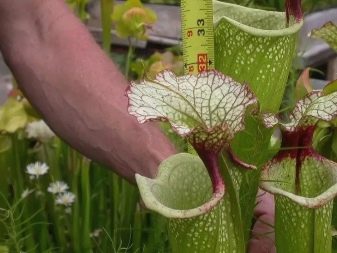
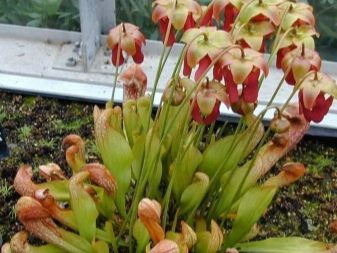
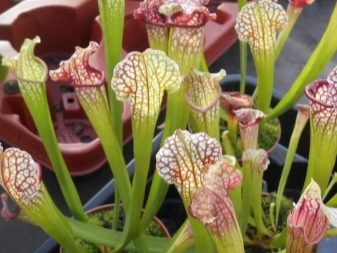































The comment was sent successfully.